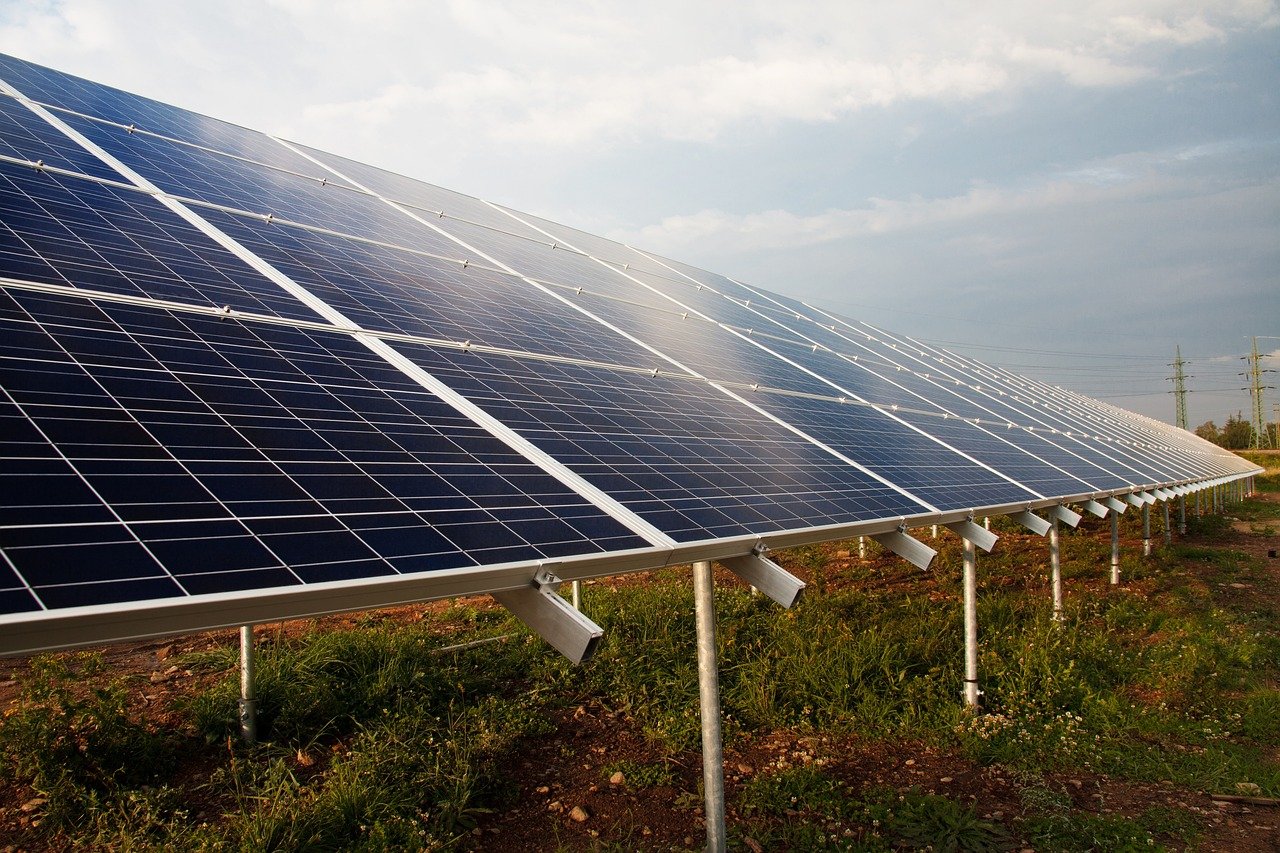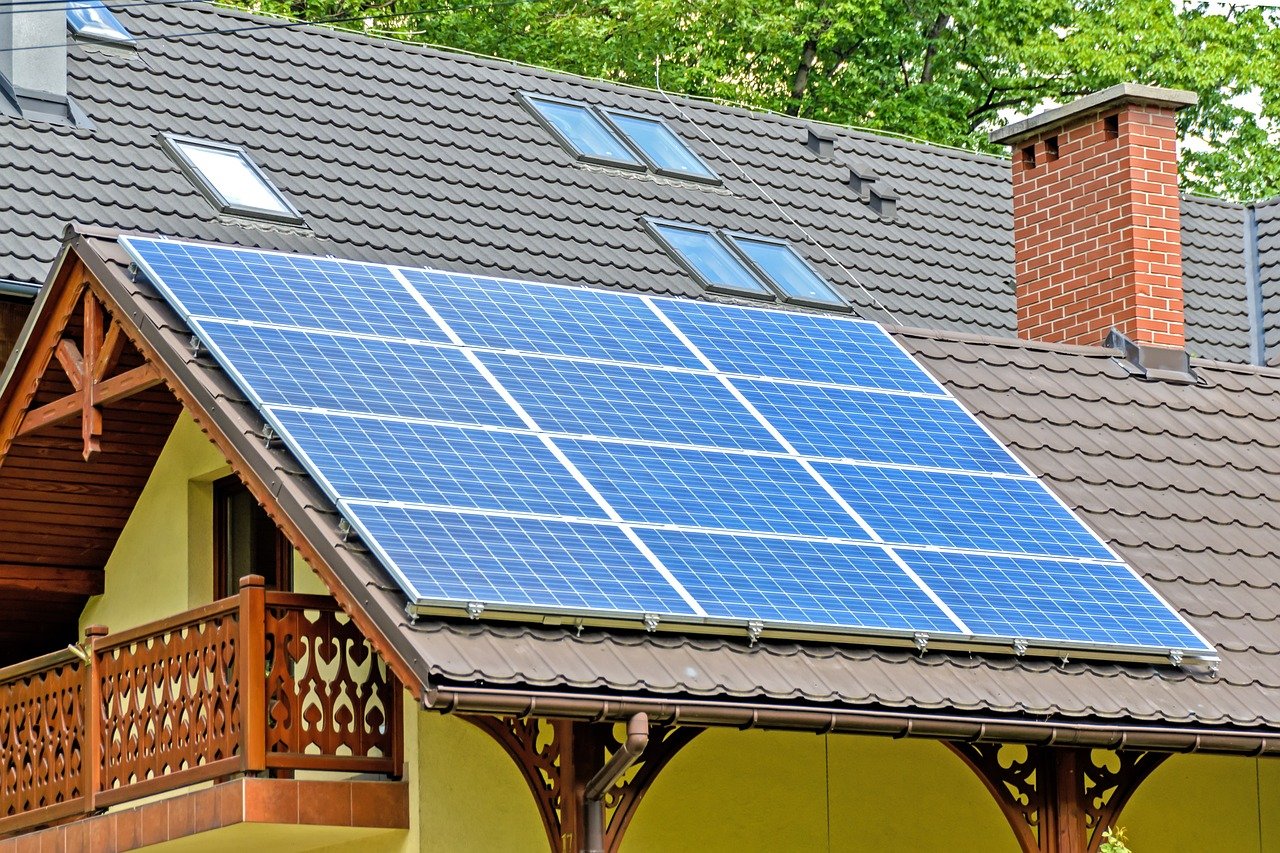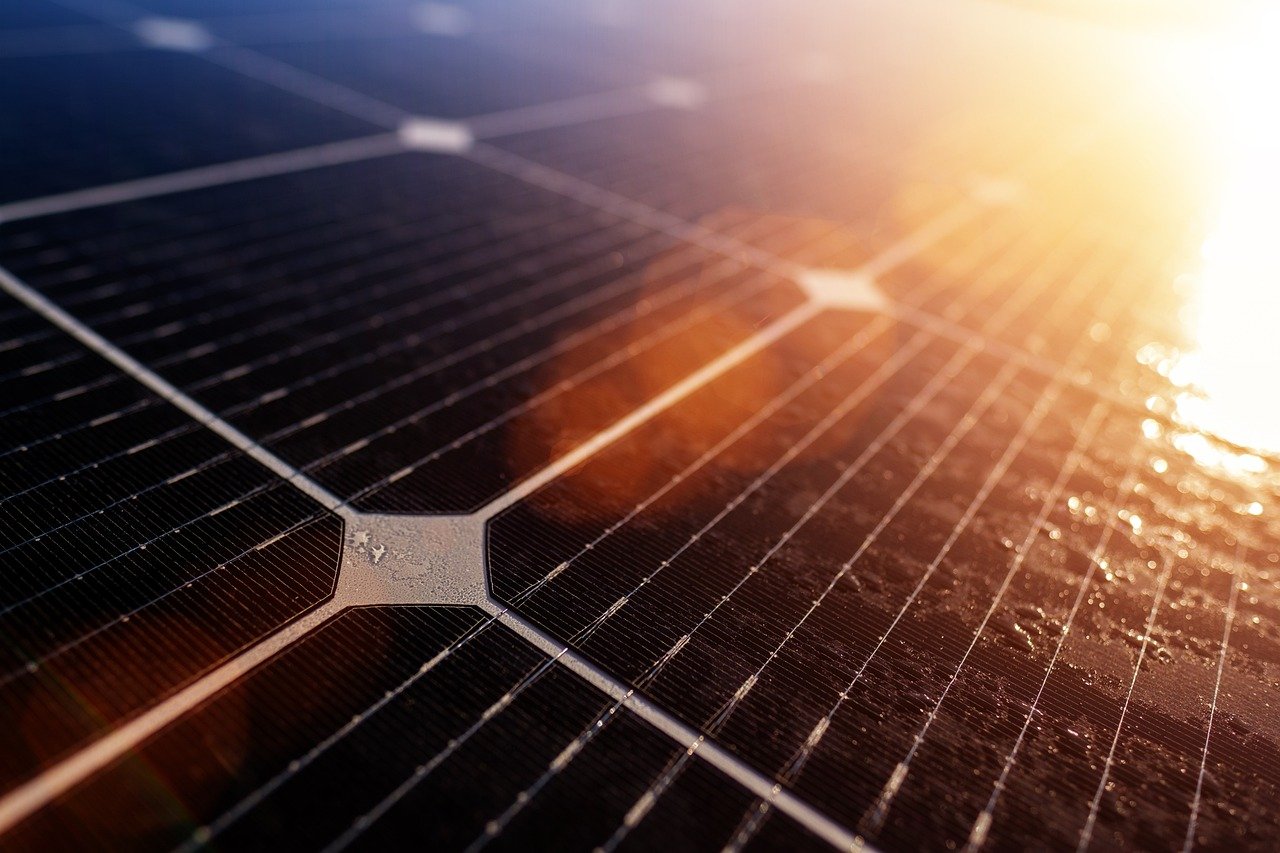Embarking on the journey to renewable energy is an exhilarating venture, but one that often presents the question: “What’s the ideal solar panel setup for my home?” In this enlightening article, you’ll find a comprehensible guide to assist you in navigating the intricate world of solar energy. From determining your energy needs, selecting the right type of solar panels, to understanding the installation process, this piece provides vital tools to equip yourself with prior to establishing your eco-friendly home space. Begin this promising endeavor with efficiency, wisdom, and confidence. Enjoy the journey and reap the benefits of renewable energy all while reading in your own home’s comfort.

Evaluating Your Home’s Solar Potential
Switching to solar energy for your home is a significant decision. Before you get started, it’s essential to evaluate your home’s solar potential. This assessment will give you a realistic idea of whether or not your home is suitable for solar panels.
Assessing Sunlight Exposure
The amount of sunlight your home gets is a crucial factor in determining if solar power is feasible for you. Sunlight exposure varies by geographical location, season, and time of day. Typically, south-facing roofs in the U.S receive the maximum sunlight. Use an online solar calculator or hire a professional solar site assessor to help check your home’s solar exposure.
The Role of Roof Shape
The shape of your roof is another crucial factor to consider. A large, flat roof is ideal for installing solar panels, though a slightly pitched roof can also work. Some types of roofs, such as gable roofs, may require complex mounting systems for solar panels.
Roof Material Considerations
The type of material your roof is made of also impacts your home’s solar potential. Solar panels can easily be mounted on asphalt or metal roofs. But, clay, slate, or cedar roofing may require more delicate handling and unique installation techniques.
Age and Condition of Roof
Before installing solar panels, ensure that your roof is in good condition. If it’s nearing the end of its lifespan, it may be wise to replace it before the solar panel installation. Going ahead with the installation on an old, dilapidated roof may lead to unnecessary costs down the line.
Space Availability
Finally, take into account the available space on your roof. The size of your roof will determine how many solar panels you can install. Remember that the more solar panels you install, the more solar energy you can generate.
Understanding Solar Power
Understanding how solar power works and knowledge about solar panels will help you make informed decisions when choosing solar equipment.
How Solar Panels Work
Solar panels work by converting sunlight into electricity. The panels contain photovoltaic cells, which absorb sunlight and produce a flow of electrons – this is known as the photovoltaic effect. The electricity generated by the panels can be used to power your home.
Types of Solar Panels
There are different types of solar panels to choose from, including monocrystalline, polycrystalline, and thin-film panels. The type you choose will depend on your home’s solar potential, your budget, and your energy needs.
Efficiency of Solar Panels
The efficiency of solar panels refers to the amount of sunlight they can convert into usable electricity. Higher efficiency panels will produce more power but tend to be more expensive.
The Lifespan of Solar Panels
Solar panels have an expected lifespan of 25-30 years. Consider this timeframe when calculating your potential savings and return on investment.
Choosing the Right Solar Equipment
Once you’ve assessed your home’s solar potential and understood how solar power works, the next step is choosing the right solar equipment for your needs.
Solar Panel Brands and Reviews
When selecting solar panels, consider the manufacturer’s reputation, customer reviews, and product warranty. Research multiple brands to ensure you’re making a well-informed decision.
Choosing Between Monocrystalline and Polycrystalline Panels
Monocrystalline panels are more efficient but more expensive than polycrystalline panels. On the other hand, polycrystalline panels are more affordable but less efficient. Both are excellent options – your choice would depend on your budget and energy needs.
Inverters: String Vs. Microinverters
Inverters convert the direct current (DC) electricity produced by your solar panels into the alternating current (AC) used in your home. String inverters (for an array of panels) and microinverters (for individual panels) are the most common types.
Considering Solar Batteries
Solar batteries store the excess solar power that your panels make. This stored energy can then be used when the sun isn’t shining, helping to further reduce your reliance on grid electricity.
Mounting Equipment Options
Various mounting options exist, like roof mountings and ground mountings. Your choice should be guided by your roof shape, space availability, and local regulations.
Calculating Solar Panel Needs
Determining the number of solar panels you need requires a careful calculation of your home’s energy usage.
Your Home’s Energy Usage
Review your electricity bills to understand your average monthly electricity usage. This number is a good starting point to calculate how many solar panels you need.
Matching Consumption With Production
Try to get solar panels that can produce around the same amount of electricity that your home consumes. This step will enable maximum use of your solar production and ensure you aren’t producing excess electricity.
Factoring in Peak Usage Times
Keep in mind when your household’s energy usage is at its highest. For example, if you use most of your electricity in the evenings, you may want to consider installing a solar battery.
Incorporating Future Energy Needs
When calculating your home’s future energy needs, consider factors like the addition of electric cars, new appliances, or potential extensions to your home.

Exploring Installation Options
Once you’ve chosen the right equipment and calculated your solar panel needs, the next step is to explore installation options.
DIY Solar Installation
While installing solar panels yourself can save you money, it requires specialised knowledge and can pose safety risks. If you are confident in your abilities, make sure to do thorough research beforehand.
Hiring a Professional Installer
Hiring a professional solar installer ensures your system is installed safely and effectively. They can also provide valuable advice on maximising your home’s solar potential.
Questions to Ask Your Installer
When hiring an installer, be sure to ask about their qualifications, experience, warranties, and services post-installation.
Understanding Solar Financing
Financing your solar installation is an essential step in the process.
Solar Loans
Solar loans allow you to finance your solar installation like you would any other major purchase. These loans can often be paid back over many years, and the interest you pay can sometimes be tax-deductible.
Solar Leases and Power Purchase Agreements
Solar leases and power purchase agreements (PPAs) are two types of agreements that enable homeowners to enjoy the benefits of solar energy without buying the system outright.
Incentives and Rebates
Many states and municipalities offer incentives and rebates for solar installations. It’s worth checking these out as they can significantly reduce the cost of your setup.
Return on Investment
calculate your solar installation’s payback period, taking into account its cost, your electricity bill savings, incentives & rebates, and the potential increase in your home’s value.

Navigating the Permit and Interconnection Process
Before your system can start producing energy, you’ll need to navigate the process of permits and interconnection.
Understanding Local Codes and Regulations
Research and understand local building codes and requirements. Complying with these rules can help avoid any delays or issues in the future.
Working With Your Utility Company
You’ll need to work with your utility company to connect your solar system to the grid. They will guide you through the process and set up any necessary meters.
Finalizing the Interconnection Agreement
Once the system is installed and inspected, you can finalize your interconnection agreement with the utility company. After this, your solar panels can begin generating energy.
Maintenance and Care of Solar Panels
Once your solar panels are installed and operating, ongoing care and maintenance will ensure they continue to operate at peak performance.
Cleaning Your Solar Panels
Keep your solar panels clean to ensure they can absorb the maximum amount of sunlight. This step often involves removing dust, leaves, or snow.
Preventing and Addressing Damage
Regular inspections can help spot and prevent issues early. If there’s damage to your panels, consult with your installer or another professional to resolve the issue promptly.
Optimizing Performance
Monitor your solar panels’ performance to see if they’re producing the expected amount of electricity. If performance dips, it could indicate a maintenance need.
Warranty and Insurance Considerations
Understand the terms of your warranty and follow the recommended maintenance schedule. It’s also worth checking whether your homeowner’s insurance covers solar panels.
Dealing With Excess Solar Production
If your solar panels produce more energy than you can use, you have options to manage this excess.
Options for Excess Power
Extra energy can either be fed back to the grid, stored in a battery for future use, or even used to power an electric car.
Net Metering Explained
Net metering is a billing arrangement that allows you to sell excess electricity back to your utility company. You then receive credits on your bill for the power you export.
Selling Back to the Grid
In some places, policies are in place that will pay you for the excess energy your panels produce. Research the regulations in your area.
Battery Storage Solutions
Battery storage can be an excellent option if you can’t sell back to the grid or prefer to store energy for use during power outages.
Future Trends in Home Solar Power
As the demand for renewable energy sources continues to grow, solar power is set to remain a significant player in the future of home energy consumption.
Emerging Solar Panel Technologies
Ongoing research and innovation mean that we can expect to see more efficient and affordable solar panels in the future.
Advancements in Battery Storage
The future also promises advanced solar batteries with greater capacity and efficiency, making solar power a more reliable and valuable asset.
Changes in Government Policies
Future government policies may also affect the solar industry, with the potential for more incentives and regulations benefiting solar power users.
Community Solar Projects
Community solar projects are emerging as a future trend, where people who can’t have solar panels on their roofs can still benefit from solar energy.
In conclusion, with careful assessment, understanding, planning, and research, you can find a perfect solar panel setup for your home. Embrace the power of the sun – it’s clean, renewable, and freeing. Enjoy your journey towards sustainable living.
